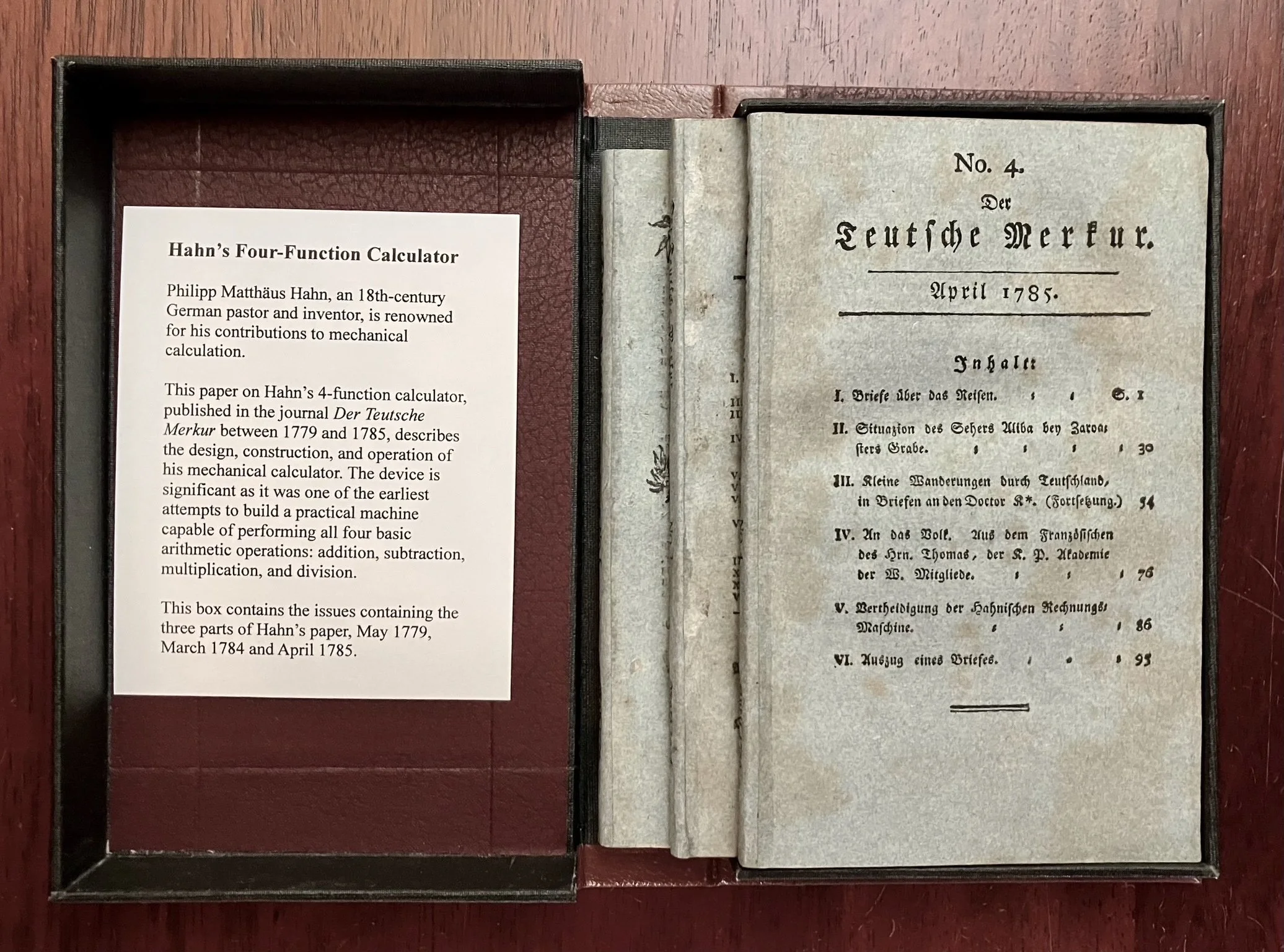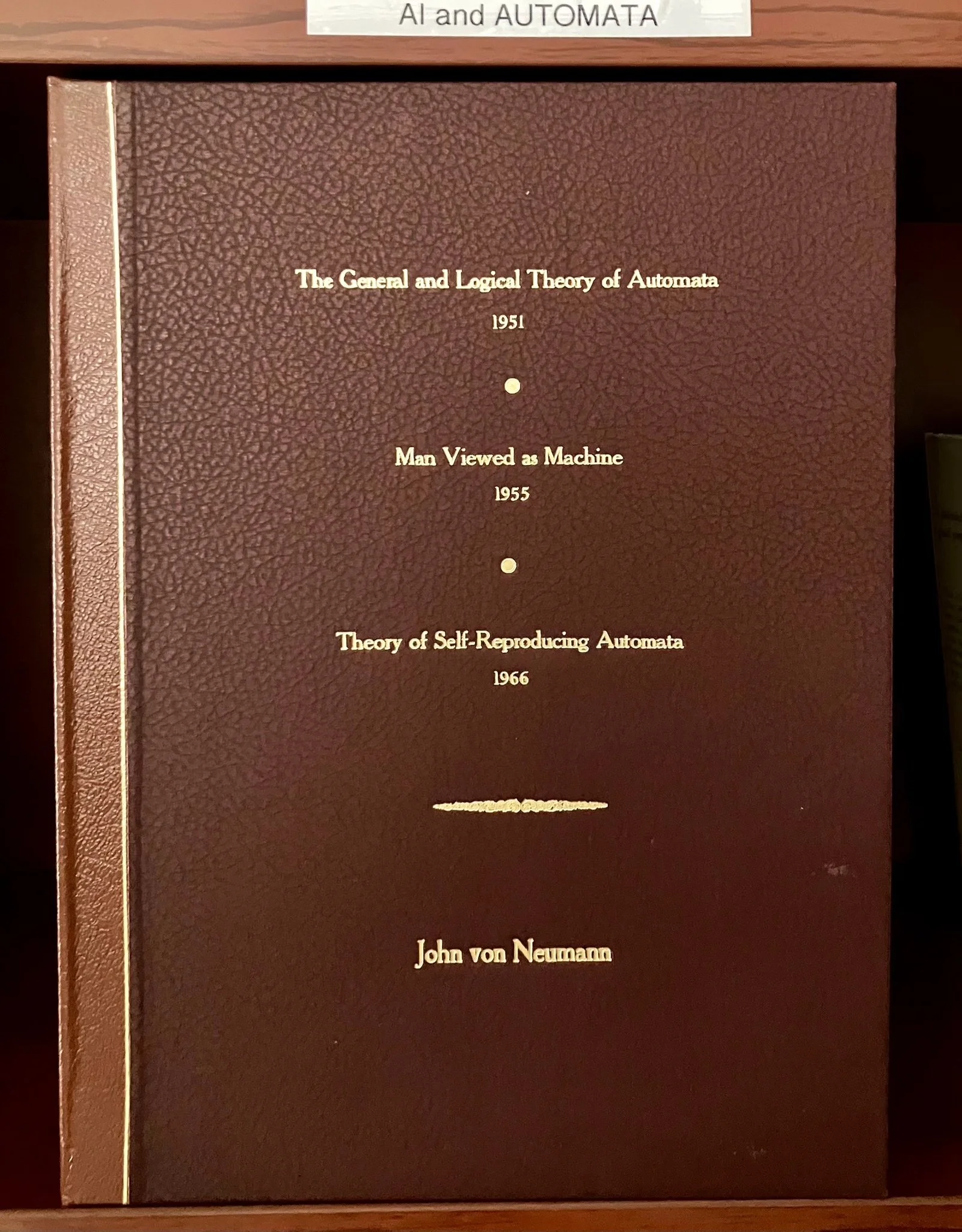
computing
The Computing Collection contains more than 1,000 original documents covering the scientific history of analog and digital computing, automata, and artificial intelligence (AI).
-
Containing more than 400 documents, the Analog Computing portion of the collection begins with Dennis Henrion’s 1618 description of Galileo’s “Proportional Compass” and continues through documents describing the differential analyzers and other analog computing devices developed in the late 1940s.
-
Consisting of about 300 documents, Digital Computing primarily contains papers by computer pioneers describing early digital computers. It also chronicles an array of enabling technologies and important communications documents. Digital Computing begins with the 1720 Paris edition of the Histoire et Mémoires containing Leibniz’ introduction of binary arithmetic, and focuses on documents describing the most important first- and second-generation digital developments in the 1950s and 1960s, as well as important later developments through the early 2000s. The collection also includes original copies of a several important digital computing patents.
-
Automata is a small (~100 document) collection containing works about self-operating machines, such as robots. This collection is comprised of scientific documents as well as fiction. The collection begins with contemporary descriptions of early automata like Vaucanson’s “Fluteur Automate” and Baron Kempelen's “The Turk”. It continues with Karel Čapek’s RUR (the originator of the term “Robot”) and Asimov’s “I Robot” stories in their original pulp printings, on to Vonnegut’s “Piano Player,” and Von Neuman’s “Theory of Self-Reproducing Automata.”
-
This collection includes ~100 works, including scientific documents about the early development of Artificial Intelligence (AI) and fiction about its dangers.
The works on AI begin with the proceedings of the first AI conference in 1951, include a number of works by Alan Turing and Claude Shannon, the first mention and several in-depth explorations of “The Singularity” (the point at which artificial intelligence exceeds mankind’s brainpower), and culminates with recent AI concerns expressed in Nick Bostrom’s “Superintelligence” and Brian Christian’s “The Alignment Problem.”
This collection is nearing completion and will be available for sale in the fall of 2025.






























